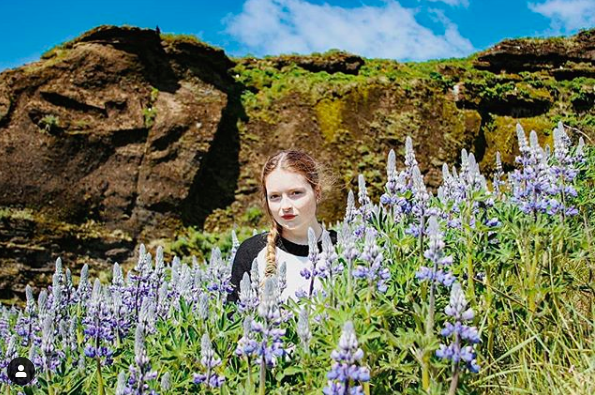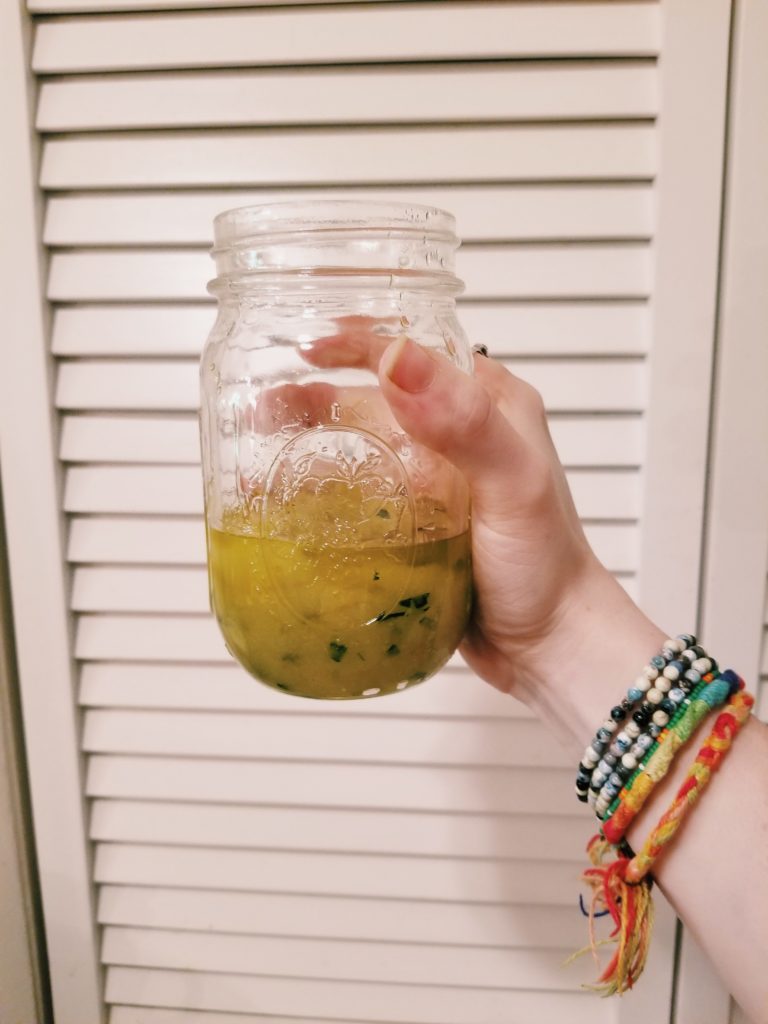I spent years avoiding straws. It made me feel like I was contributing to a better world, and I honestly felt like I was saving the planet through this action. I will never forget the moment that it hit me that this was environmental cherry picking. I had just gone through the drive-thru at Starbucks, and as usual, asked for no straw. I got that warm, fuzzy feeling I always got when turning down future litter. I paid, was handed my pink drink, and pulled over. I started drinking my refreshing concoction sans straw, and it just hit me like a wall—this cup is plastic.
I’d spent so much emotional energy remembering to speak up about the straw before I accepted drinks anywhere. And here I was, proud of myself for turning down a small piece of plastic, as I drank out of a very large piece of plastic. I felt sick to my stomach. Yes, I was protecting turtles, but I was also causing their home to be trashed, their insides torn up from ingesting my plastic, and beaches where I grew up to gradually become more filled with microplastics than sand. I decided that I needed some radical change in my life.
I spent at least six months researching how to rid my life of plastic. I had studied enough to know that it wasn’t possible to be perfect, but that it was possible to do my best with my resources. I began with a plastic audit, and it was horrifying. I had gone so long thinking that I was “eco-friendly,” but my belongings told a different story. Plastic was everywhere—mascara tubes, candy wrappers, toothbrushes, lids, garbage cans, Ziplock bags, lotion containers, shampoo bottles, salad bags…the list went on. In the past, I always had canvas grocery bags, reusable water bottles, and other typical eco purchases (thanks to my Washingtonian upbringing in the Pacific Northwest), but I hadn’t even thought about the plastic used in less obvious places. I didn’t need to have Ziplock bags, so I started using paper bags. My living space became filled with shampoo bottles made from recycled plastic, metal straws, and other light hearted switches—all of which were easier than I thought they would be, and I thought the work was done.
I was very wrong about that.
The more I studied climate change, ocean acidification, etc., the more I saw the underlying problem. Humans are using more than they need, and there’s no space for it. It became impossible to un-see the useless packaging, especially when I’d walk into grocery stores. I’m lucky enough to live near a co-op, so I started shopping more from the bulk bins, and decided that if fruit or veggies came in plastic, I would just go somewhere else where they didn’t come that way. That brought me to the zero waste movement.
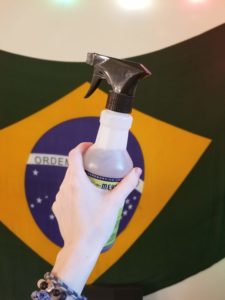
I realized that the best thing I could do for Earth wasn’t about what I could buy. It was about what I could avoid buying. Consuming less means consuming less of the Earth, and just letting her be. So instead of buying shampoo made of natural ingredients in a bottle, I started buying shampoo bars made of natural ingredients with no packaging. My home started to lose a lot of unnecessary things like toothpaste tubes and cleaning wipes, and instead filled up with toothpaste tablets, bamboo dish scrubbers, glass bottled cleansers, and stacks of materials that I could reuse (whether that be boxes from the mail, cleaned out jam jars, etc).
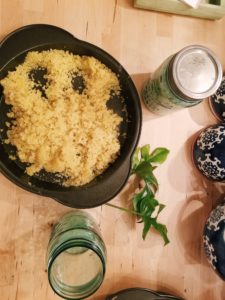
Understanding that the best thing to do for the planet is to reduce consumption, I ended up hand-making a lot of my things. Bathroom cleaner, moisturizer, hair spray, candles—I started making it all. My philosophy became this: If I can buy it, I can probably make it. I grew up in a thrifty family with a big garden, and with a mother who made our meals from scratch and was always creating something by hand. I had harbored a lot of those values thanks to that, and incorporating those things in full felt like a return to myself. On top of that, I was ensuring that what I was using was vegan, palm-oil-free, resource-saving, zero waste, and ethically made. I foraged, made time to hand-make lots of necessities, and became extremely self-sufficient. My Pinterest boards filled with posts about using leftover cranberries for toners and what to do with avocado skins. I was producing less waste, reconnecting with my roots, and learning new skills in the process. It all became a very joyful and no-brainer process. If making my own jam or reusing my jars was going to help our planet, why wouldn’t I do it? If it would also remind me of my mother making blackberry jelly in our pale yellow kitchen when I was a kid, then again—why not do it?
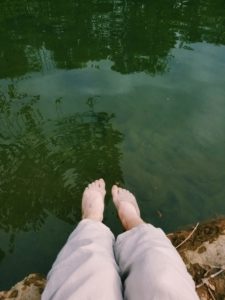
So here I am, at the crossroads of slow living, zero waste, veganism, and ethical consumerism. These roads are connected, and they’ve resulted in me connecting more to the Earth. I started with a slow living childhood and a straw avoidance. I’m grateful for that foundation, and even more grateful that I kept building onto it. Slow living is about taking your time, getting to know the land, and making things by hand when possible. I buy from conscious companies when I am going to buy something, but I make sure that they are low waste. I still have things in the house that I haven’t found a good alternative for yet, but I’m trying, and I’m actually making a difference despite my imperfection. My footprint is one sixth the size of the average American’s. If everyone lived like me, they wouldn’t be perfect, but we would only need a fraction of the Earth. The rest of the land could be wild. I know I will still keep improving, and I know that there will be days where I will screw up, but it’s not about that. It’s about our Earth; our precious and only Earth. It’s about using less, making more, and doing as little harm as possible. Living ethically is completely doable, and doesn’t require perfection. It requires action.
Also by Emily: Why I Celebrate Pagan Holidays—& Why You Might, Too
Related: Zero Waste Beauty Products That Will Make You Feel Like A Million Bucks
Get more like this—Sign up for our daily inspirational newsletter for exclusive content!
__
Photo: Emily Degn

